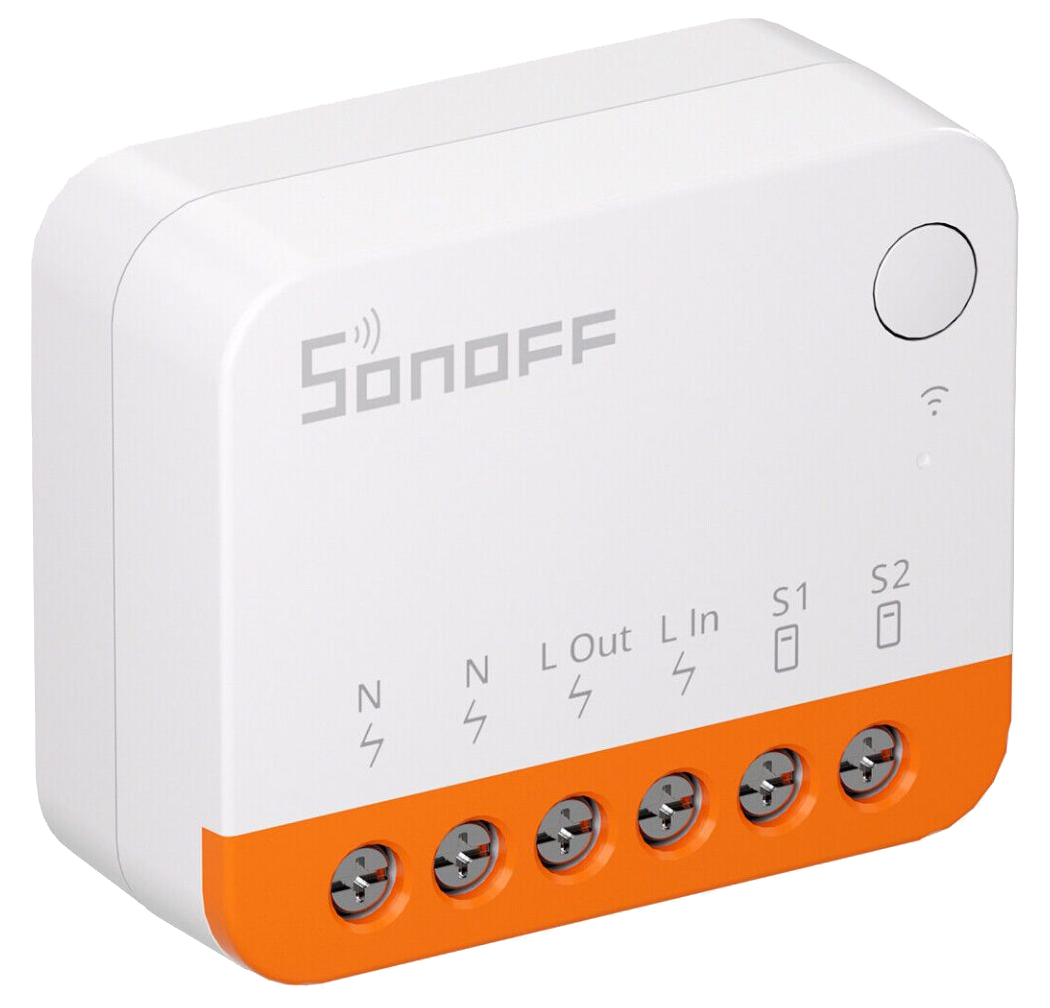Exterior lighting🔗︎
We have recently renovated the external facade of our house, insulating and replacing the Timber Rough Cast with fibre-cement cladding. The renovation saw the replacement of the fascias, soffits, guttering and windows.
The prope rty had one mains-powered external light, so while there was access I took the opportunity to upgrade the lighting and run new cabling to provide mains-power to seven light.
Specification🔗︎
- 3 pairs of coach lights.
- 1 flood light.
- The 3 pairs and flood light can be controlled independently.
- The 3 pairs should have PIR motion sensors.
- All lights should be integrated into the smart home network.
- PIR motion detection can be disabled.
- All lights can be controlled by a manual switch.
Challenge🔗︎
All items on the specification are relatively easy to achieve with the exception of disabling the PIRs. The reason for this function is to prevent lights switching on in the dead of night when an animal crosses the PIR's path. It's about reducing light pollution that adversely affects wildlife. I have been unable to find any PIR with an "animal friendly" feature.
 There are very few "smart" PIRs on the market. Most are designed for internal use and/or reviews suggest they're not up to the task. On the flip side, I have a few "dumb" PIRs that have worked flawlessly for years. With that in mind, the challenge is to make these 'smart'. The idea is to wire in a smart relay that will provide the remote switching capability. There are a plethora of such devices on the market. However, the ideal smart relay would know the state of the light. i.e it would provide feedback on whether the PIR has activated the light. One such product is Sonoff's MINIR4. These are quite clever little devices and there's a video on its various trigger modes.
There are very few "smart" PIRs on the market. Most are designed for internal use and/or reviews suggest they're not up to the task. On the flip side, I have a few "dumb" PIRs that have worked flawlessly for years. With that in mind, the challenge is to make these 'smart'. The idea is to wire in a smart relay that will provide the remote switching capability. There are a plethora of such devices on the market. However, the ideal smart relay would know the state of the light. i.e it would provide feedback on whether the PIR has activated the light. One such product is Sonoff's MINIR4. These are quite clever little devices and there's a video on its various trigger modes.
At the end of the video (4:39), they discuss using "Radar detectors". (Replace "Radar" with "PIR"). They key takeaway is "Dry Contacts". I'm not an electronics engineer, but it seems "Dry contact relay" and "Wet contact relay" are terms widely accepted in the industry. Other terms for "Dry contact relay" include voltage-free or potential-free. A quick Google will find many articles on the subject. Here is one such article.
I am sure the articles will do a much better job of explaining the differences, but the way I understand it, a "Wet relay" "shares" the power to operate the relay whereas a "Dry relay" has a dedicated power source. With the "Wet relay" there is always a small amount of current flowing across the "output" side. Not enough to power the device (light bulb), but enough to prevent devices like the MINIR4 from working as expected.
Visually, the main difference between Wet and Dry relays is the latter will have a third contact/terminal (not to be confused with earth/ground).
Unfortunately, the particular brand/model that I own has a Wet relay which means the MINIR4 could not "detect" the state of the PIR.
Solution🔗︎
I will upload a diagram.
